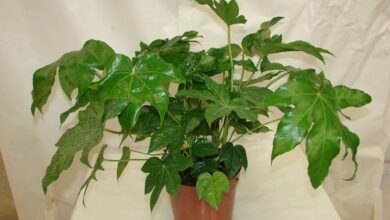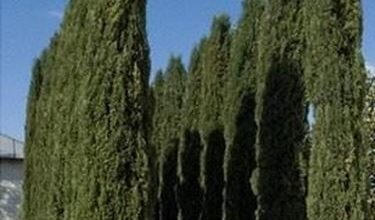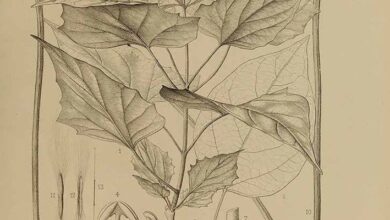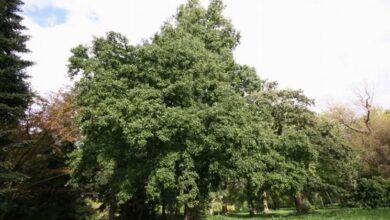Generality
The elder is a plant belonging to the Caprifoliaceae family, spontaneous in Italy and very widespread, represented above all by two species, the black elder (Sambucus nigra) and the red elder (Sambucus racemosa). Both species have a predominantly shrubby habit, with numerous branches from the base, arched and drooping, an expanded and globular crown, smaller than the case of the red elder which reaches a maximum of 5 m, larger in the case of the black elder which also reaches at a height of 10 meters, in which case it assumes, if desired, the conformation of a small tree. The black elder has deeply fissured greyish bark, and a twisted and irregular trochus, the red elder has more purplish bark with pale lenticels. The two species differ in their foliage (which in any case is deciduous). The black elder has bright green leaves petiolate, opposite, 20-30 cm long, with odd pinnate lamina with 5-7 segments with sharp apex and toothed margin, with an unpleasant odor when wrinkled. The red elder has imparipinnate leaves that are not always petiolate (at the base they tend to be sessile) with 5-7 leaflets with serrated margins and sharp apex, light green on the upper page and with fluff on the lower one. The flowers of the black elder appear as early as April and are hermaphroditic, bell-shaped with 5 ivory-white petals, gathered in umbrella-shaped pedunculated inflorescences of 20 cm in diameter, edible and very fragrant. The flowers of the red elder appear in May and are more greenish, but still gathered in umbrella-like inflorescences even if of smaller size. The fruits from which the two species take their name appear on the plant during the summer and are drupes that have a blackish-purple or bright red color when ripe. Their pollen is considered to be poorly allergenic. Thereblack elderberry plant has been used for centuries in medicine, since it is emollient, sudorific, diaphoretic, laxative and diuretic. It is used in colds, cystitis and neuralgia. It is also useful in the kitchen, to prepare jams, pancakes, drinks, infusions.

Climate and terrain
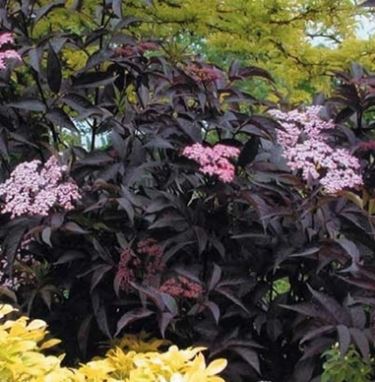
The black elder is present throughout Italy up to 1400 meters above sea level, in clearing habitats, at the edge of damp woods, among the ruins, until it becomes a pest in urbanized environments. Loves fresh, nutrient-rich soils and decomposed organic matter. The red elder is widespread in northern Italy, from 1000 to 1800 meters above sea level, and prefers woods and beech woods in partial shade, stony ground and slopes, reaching up to 2000 meters above sea level. Both species fear the excessive heat of midsummer, giving their best in not too exposed positions.
Plant
The elder is multiplied by sowing or by cutting. For sowing, we proceed by burying some ripe berries at a depth of about 2.5 centimeters, while the cuttings of about thirty centimeters must be removed in autumn.
Cultivation techniques
The elder is a plant suitable for large gardens, in the area preceding the tree. Makes it well planted along a path, and left free to expand. Associated with vines such as Clematis alba, left to grow freely among its branches, it creates spectacular effects. The pruning back to 50 cm from the ground can be done in March, and should be preferred to the pruning of some branches only in favor of others, since the plant is very vigorous and grows quickly, and the scattered pruning generates an unbalanced growth with suckers and empty areas especially inside the plant. Some cultivars such as «Black beauty» or «Black lace» need to be pruned every year. Rejuvenation pruning, if you opt for that, should be done between October and February.




